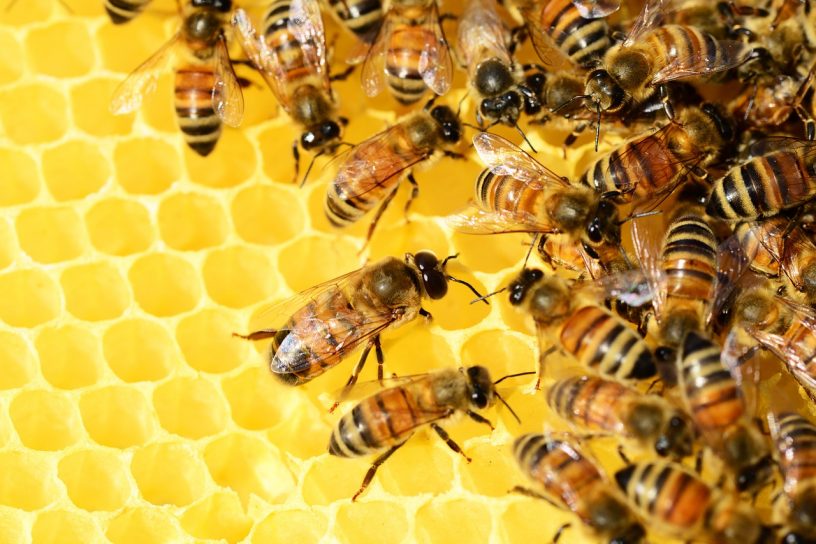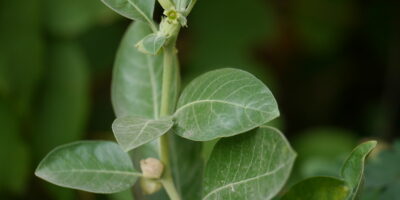Translation of Hakeem Saeed’s “Dehati Mualij”
Chapter 1: Accidents contd…
In the villages Wasp/Bee stings are common. We should not take Wasp/Bee stings lightly as they can be very painful. The severity of pain can vary from person to person. Some people can develop a life-threatening illness.
The most familiar sting is from honeybees, but some wasps and other insects can also sting. Yellow jacket wasps are the most common cause of allergic reactions to insect stings .
The bee’s stinging apparatus consists of a sack of venom attached to a barbed stinger. The wasp’s is similar, but with a smooth stinger. When a bee or wasp stings, the sack contracts, pumping venom into the tissue.
It may cause swelling at the affected place but it is not as dangerous as a snake and scorpion. Do the following if a Wasp/Bee sting happens:
- Identify the place of the Wasp/Bee stings and remove the sting immediately with a needle, or you can press the place with a pinch and it will come out and then remove it with a tweezers;
- Now spread vinegar with a cotton bud on the affected place;
- If vinegar is not available then take a match stick and use the masala by mixing it in water make a paste and put that paste on the affected area.
- Marigold flower is the best medicine for these kind of stings. Flower leaves can be used as a drink by grinding it and mixing in water and the grounded leaves can also be used as a paste.





Leave a Reply